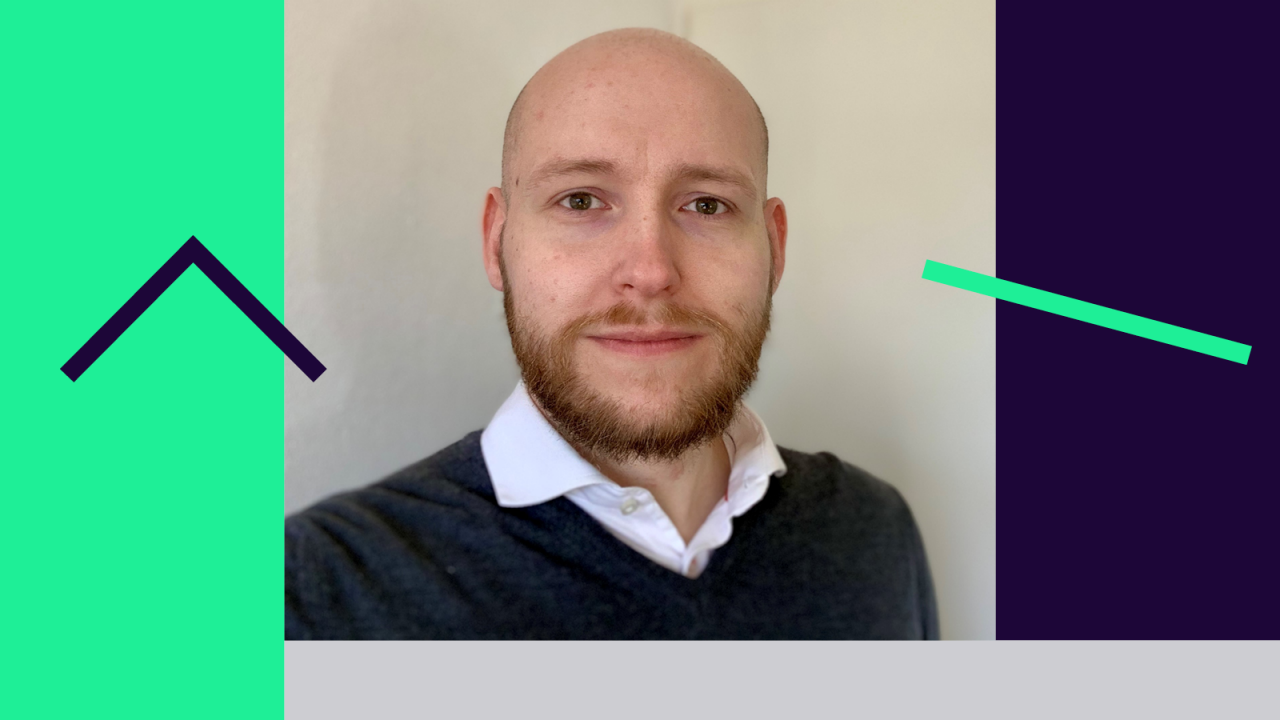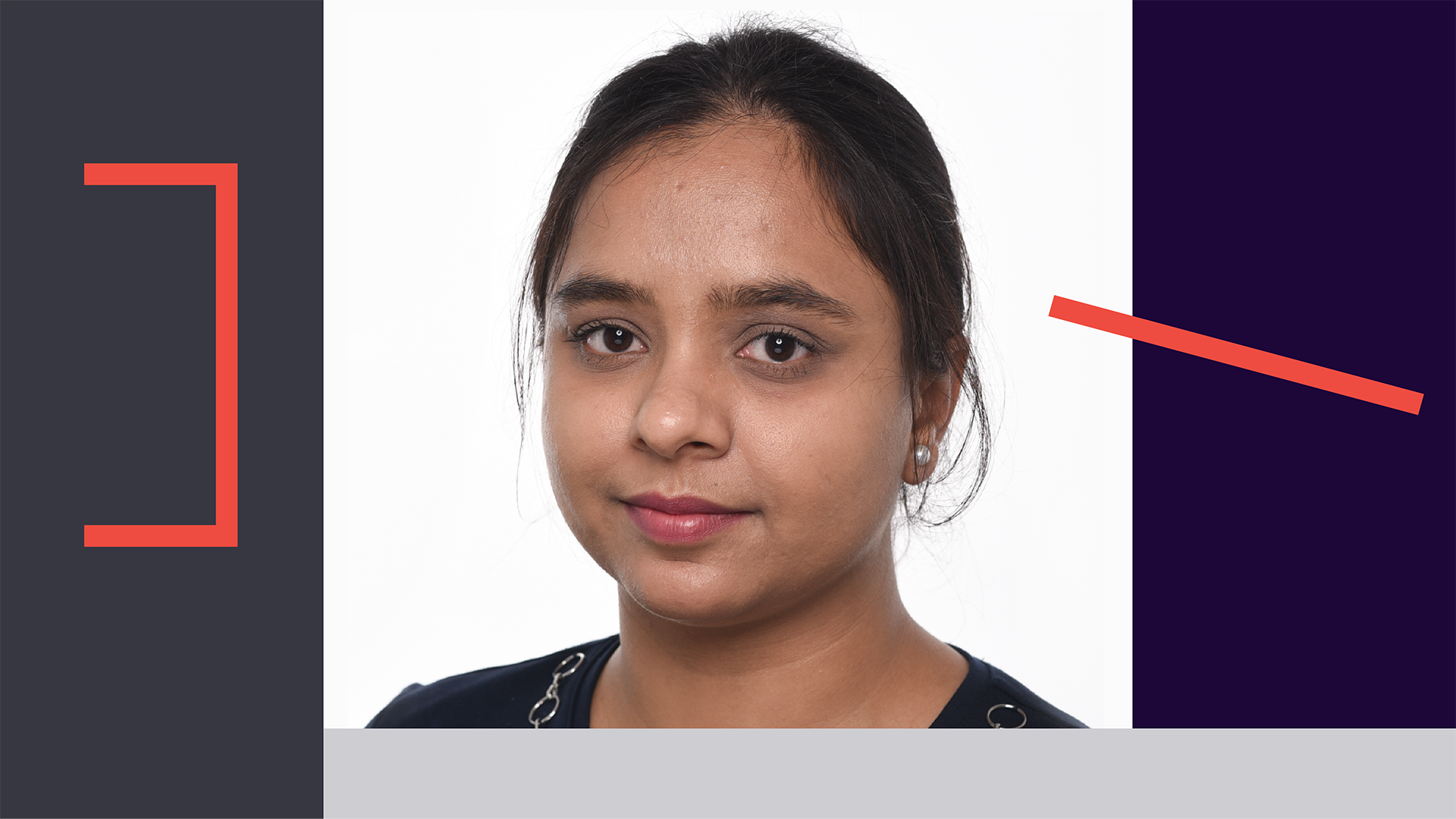“We can make vehicle functions available to a huge amount of people”
In our #CodeThatMovesTheWorld blog series, we’re talking to a few of our digital minds that work at CARIAD to get an insight into their work, see what drives them and hear about their visions for future automotive mobility. This week, we’re talking to Peter Kanischew, Product Owner, Project SUSAN.

Born in a very small town in Russia, Peter moved to Germany as a child and grew up in Saarland, on the country’s western border. After completing an apprenticeship as an electronics technician, he moved to Jena to study at the University of Applied Sciences – a move that he says was, in hindsight, the best decision of his life.
Peter took a bachelor’s degree in electrical and automation engineering and, building on his great fascination with space, a master’s degree in space electronics. After his studies, he began his career as an application engineer before joining TKI as a development engineer. With a background in the very complex, technical areas of electronics and space, Peter tells us about his automotive work at CARIAD and his vision for greater individual freedom.
Hi Peter, you began working on Project SUSAN at TKI, which was then brought over to CARIAD with the integration of the company. Could you tell us a bit more about that project?
SUSAN is an acronym that stands for ‘Simulation Unit for Security in Automotive Networks’. It’s a project made up of three solutions: SUSAN advanced, SUSAN connect and the cryptographic module. With SUSAN advanced, we’re building a simulation box that allows our colleagues in the Volkswagen Group to work independently, especially with regard to security functions.
At the moment, with current vehicle development, there are very complex systems and, when developing software functions, you don’t want to be dependent on hundreds of different things that are happening in the car. Lots of vehicle functions are dependent on Terminal 15, for example, which is related to the ignition. Other dependencies might be security functions such as the engine immobilizer or component protection.
If you’re a developer and you’re developing a new control unit, you don’t want to deal with every other control unit in your test setup that’s needed to satisfy the security functions of your control unit. You just want the system to work and not to get involved in that complexity. Ultimately, SUSAN is a plug-and-play solution that makes everything much simpler for developers. You can connect it to your test setup and ‘train’ your control unit just like you would in a production model. We’re not introducing any back doors or switching off any security functions, but running the system as it would be in real life. And, in that way, developers can concentrate on developing their vehicle functions.
Could you give an example of where SUSAN might be used in function development?
Yes, SUSAN is very useful when working on the infotainment system, for example. Developers might want to test whether or not a video is correctly displayed on the screen in the center console of the car when the park assistant starts. Normally, you would need a camera to test that. And that’s dependent on a control unit, which you would also need. And that’s dependent on another control unit, which acts as a gateway and is also needed. So you can tell how complex it’s becoming already. Before you know it, you’re dealing with half of the car just to test whether or not a video can be displayed. With SUSAN, we can simulate all of these dependencies to make the developer’s life easier, allowing them to simply concentrate on their function.

Looking at vehicle software development as a whole, we’re seeing a huge transformation in the automotive industry. CARIAD has set itself the goal of developing its own operating system and unified architecture, for example. What do you find most exciting about this transformation?
What’s exciting to me are not only the possibilities of software, but the ways that we develop it nowadays. In the past, each individual division at an automotive company was responsible for its own vehicle function. Both software and hardware came from various suppliers and, if everything was specified precisely and worked perfectly together, then the function would also work. But a lot of the time, it didn’t work because it was just far too complex.
This extremely precise method of specifying everything doesn’t work anymore, and the transformation of the automotive industry accepts that. Today, we look at everything as a whole and involve everyone from the start. And it’s about continuous development. We’re delivering a set of functions and then constantly updating those functions, even years later. Those updates might improve vehicle range and acceleration, for example.
That flexibility that we’re creating at CARIAD is really exciting to me. And to take that thought a step further, we’re doing this for literally millions of vehicles per year. It doesn’t make sense to limit functions and updates to premium vehicles. We can make these functions available to a huge amount of people.
The name of this blog series is #CodeThatMovesTheWorld, so what would you say is your vision, or your code, to move the world in a better way?
To me, the vehicle is ultimately a piece of freedom. I understand that from personal experience – when I was a student, I was always reliant on public transport and never really got to know my surrounding area because I just didn’t have much freedom or opportunity to go anywhere. I didn’t have a car, so I always had to consider whether there’s a train station nearby or whether I might need to take a taxi. After completing my studies, I bought a Golf and now, living in Munich, I have that opportunity to spontaneously drive to the mountains. I can even take my bike with me and explore a great cycling route. That’s real freedom, and that’s something that everybody should have. I want to make that freedom more accessible to people through my work at CARIAD.
Secondly, freedom in a professional sense is important, too. In the past, many OEMs wrote requirements specifications, which said exactly how everything should function. And that was necessary because so many different components were being developed by so many different suppliers. Now, at CARIAD, part of our job is to understand what the customer’s problem is and exactly what they need. That task is presented to the developer team in such a way that the solution to that problem is completely their decision. The experts have the opportunity to really apply their skills and knowledge. They are given the freedom to work with their own creativity.
Last week, we spoke to Jasvinder Kaur, who works as a Software Engineer for POI Management. She’d like to ask you: are there any particular challenges when using simulation to develop digital mobility, and how do you overcome them?
The greatest challenge is to accurately map the real counterpart in a simulation without introducing its complexity and dependencies. Users of a simulation therefore need to understand what the exact purpose of a simulation is and what its limits are. In the past, huge operating instructions were written and training courses were offered. The simulations of tomorrow, on the other hand, must show the user what is possible and where the limits are through an intuitive UX.
And now it’s your turn. Next time, we’ll be talking to Carmen Krumm, who works in the area of Vehicle Energy as a developer for HV charging. If you could ask her any question about her work at CARIAD, what would it be?
I’d be interested to know what kind of working structure Carmen comes from and how she thinks she can successfully work with the new working structures at CARIAD, such as agile work and SCRUM.
Join our journey.
We are CARIAD. We’re transforming automotive mobility. Let’s build the leading tech stack in the automotive industry together.




